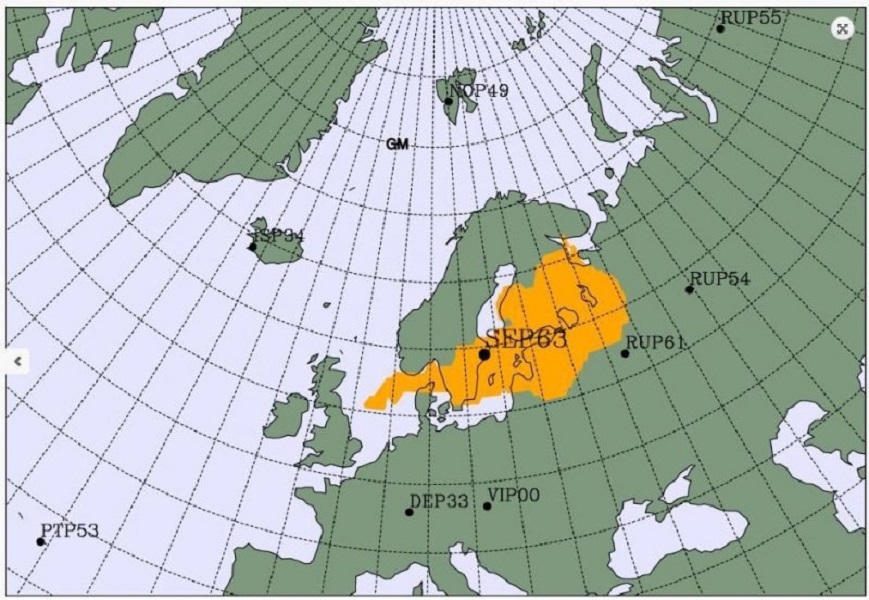Different agencies have detected unexplained elevated levels of radioactive isotopes around the Baltic Sea region.
The Estonian Environmental Board said that its Harku radiation monitoring station detected very small amounts of cesium-134, cesium-137, cobalt-60 and ruthenium-103 isotopes.
An advisor at the radiation department of the Environmental Board, Teet Koitjärv said in a statement that the amounts of the isotopes are extremely small and they can only be measured in a laboratory. The isotopes were found while analysing the filters used between 14 and 21 June at the Harku radiation monitoring station.
“Particles like this don’t pose a threat to the people’s health,” Koitjärv said, adding that radiation monitoring takes place around the clock in Estonia.
Particles can travel long distances by the wind
The Environmental Board does not know the origin of the isotopes but says the same isotopes have been detected in the air in Finland and Sweden.
According to Radio Free Europe, the Comprehensive Nuclear-Test-Ban Treaty Organisation, a global monitoring network, has highlighted an area including stretches of western Russia, Estonia, southern Finland and Sweden as a possible source of the particles.
Radioactive particles can be carried long distances by the wind. “These are certainly nuclear fission products, most likely from a civil source,” a spokeswoman for the Vienna-based Comprehensive Nuclear-Test-Ban Treaty Organisation told Reuters. That would suggest the particles originated from the atomic chain reaction that powers a nuclear reactor, Radio Free Europe states.
Cover: The Comprehensive Nuclear-Test-Ban Treaty Organisation has prepared a preliminary map to show the spread of the isotope detection.

